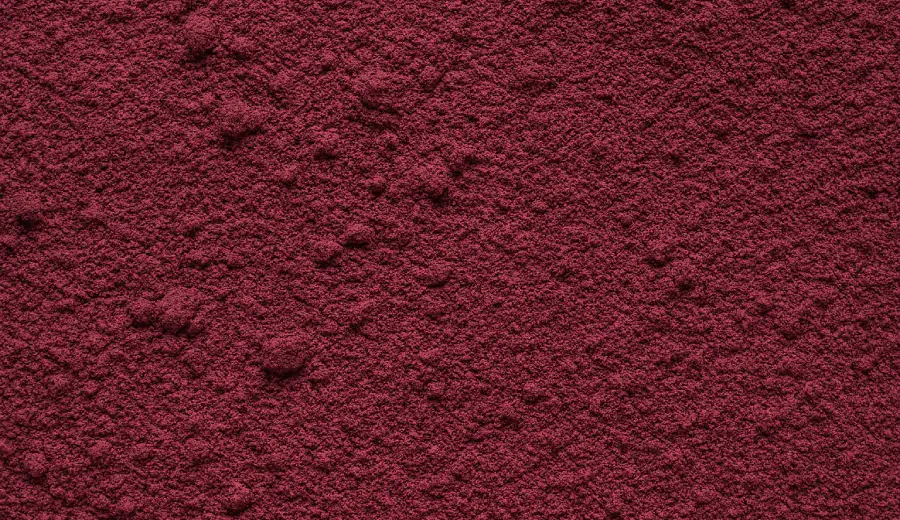
Looking for reliable acai suppliers? Nutrada connects buyers with certified partners offering bulk acai in freeze-dried powder, pulp, and extract formats. As a popular ingredient in the global superfoods market, acai is used in smoothie blends, supplements, and clean-label nutrition products.
Acai is a small, dark-purple berry that grows on palm trees in Central and South America. It is known for its high levels of antioxidants and possible health benefits, which makes it a popular superfood. Acai has a unique combination of fiber, healthy fats, and anthocyanins, giving it both its color and antioxidant power. However, some acai products can include other ingredients, like maltodextrin, to improve texture and shelf life.
You will often see freeze-dried acai in smoothie bowls, drinks, supplements, and healthy snacks. It has a flavor that some compare to a mix of berries and dark chocolate, and it contains no added sugars or preservatives. If you want other nutrient-rich options, consider maqui berries. They also have strong antioxidants and can be mixed with acai in different recipes.
Acai comes in various forms to meet different product requirements. From drinks to supplements, explore the different acai product types that can enhance your brand's lineup:
There are two different species of acai available on the market:
To make acai powder last longer and stay stable, some companies add maltodextrin, which is a type of starch. While this is common, customers looking for pure acai should choose products that have few or no additives. This is especially important for those targeting additive-free markets.
Bulk acai mainly comes from areas where acai palms grow well:
Manufacturers of freeze-dried acai on Nutrada supply wholesalers, supplement companies, and retailers looking for consistent quality and supply. The suppliers on our platform offer bulk amounts in different packaging sizes. They may also provide certifications like USDA Organic, EU Organic, Non-GMO, and Kosher. Additionally, they usually supply technical documents, such as Certificates of Analysis (COA) and allergen statements.
Purchasing freeze-dried acai in bulk is a cost-effective choice for manufacturers focused on large-scale production. Available packaging options are:
Organic freeze-dried acai is a favorite choice for health-conscious shoppers and is growing in popularity. It is certified organic, which means it meets USDA Organic, EU Organic, or similar standards. This ensures that no synthetic pesticides, herbicides, or GMOs are used in its production.
Private label services let brands sell freeze-dried acai products with their own brand name and custom packaging. Manufacturers on Nutrada may also assist with product development, which includes creating and mixing the formulas.
Nutrada helps buyers find trusted suppliers of freeze-dried acai, making the sourcing process easier. With Nutrada, you can:
Whether you're purchasing for large-scale production or developing your own brand, Nutrada provides a straightforward and clear process for obtaining freeze-dried acai and other superfoods.